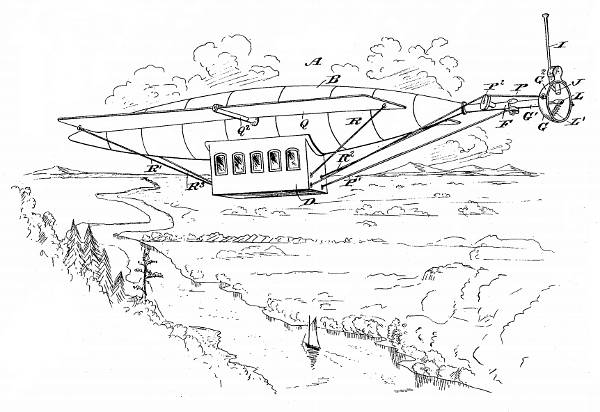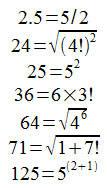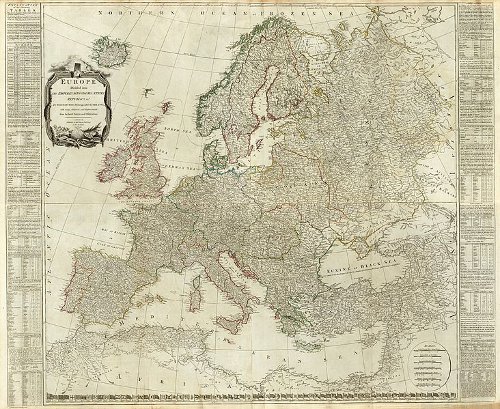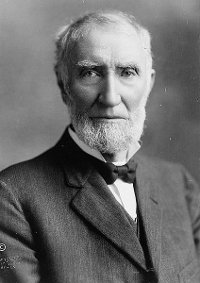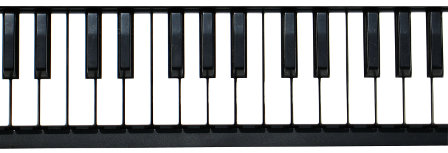A sort of mania for gambling overtook White’s, a gentlemen’s club in London, in the 18th century. Excerpts from its betting book:
- “January the 14th, 1747/8. Mr. Fanshawe wagers Lord Dalkeith one guinea, that his peruke is better than his Lordship’s, to be judged of by the majority of members the next time they both shall meet.”
- “Lord Ravensworth betts Ld. Leicester & Ld. Coke ten guineas each, that the General Post Office is not three miles distant from Lord Gower’s house in Upper Brooke Street.”
- “Feb. 10th, 1748-9. Mr. Fanshawe betts Dr. Wm. Stanhope twenty guineas, that there was not a play acted at Covent Garden Play house twenty years ago.”
- “Ap. 2nd, 1761. Mr. Fanshawe wagers Mr. Gauquier one Guinea that if Mr. Harley comes to the House of Commons the first day of sitting, he comes in a red gown.”
- “Mr. Talbot bets Lord Frederick Bentinck five guineas, that destroying a horse by poison is not a capital offence by Act of Parliament.”
- “Mr. Talbot bets Mr. Blackford one guinea, that the play of Julius Cæsar is acted within six weeks from this day. Feby. 15th, 1812.”
- “Sir G. Talbot bets Sir Watkin W. Wynn five guineas, that he Sir W. does not drink a bottle of claret on French ground before the expiration of this month of March. March 6th, 1814.”
- “Col. Cooke bets Ld. Clanwilliam thirty-five guineas, that if a person understood between them ever fights a duel, he kills his man.”
In 1816 Lord Alvanley and a friend bet £3,000 as to which of two raindrops would be the first to reach the bottom of a windowpane. In a 1750 letter, Horace Walpole wrote, “They have put in the papers a good story made on White’s; a man dropped down dead at the door, was carried in; the club immediately made bets whether he was dead or not, and when they were going to bleed him, the wagerers for his death interposed, and said it would affect the fairness of the bet.”

